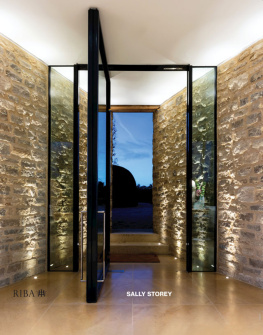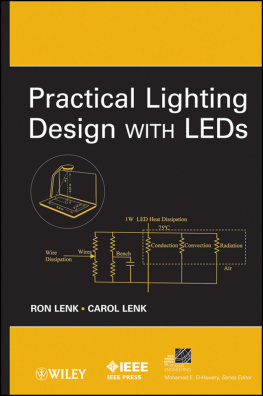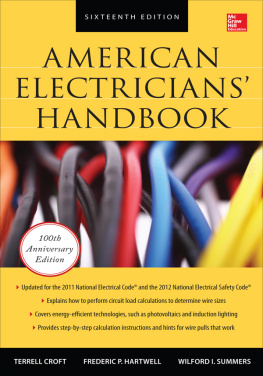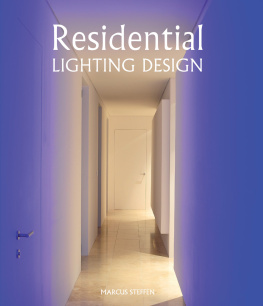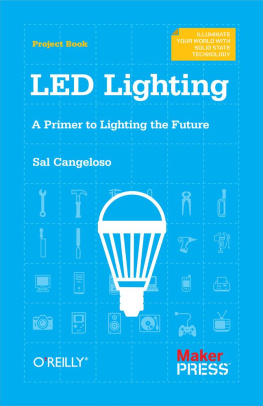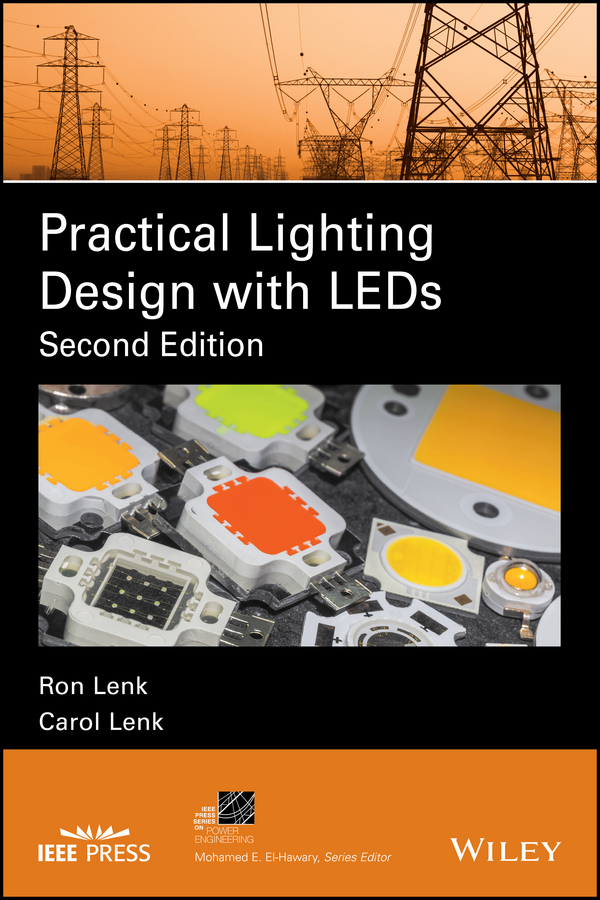
IEEE Press
445 Hoes Lane
Piscataway, NJ 08854
IEEE Press Editorial Board
Tariq Samad, Editor in Chief
| Giancarlo Fortino | Xiaoou Li | Ray Perez |
| Dmitry Goldgof | Andreas Molisch | Linda Shafer |
| Don Heirman | Saeid Nahavandi | Mohammad Shahidehpour |
| Ekram Hossain | Jeffrey Nanzer | Zidong Wang |
Copyright 2017 by The Institute of Electrical and Electronics Engineers, Inc. All rights reserved.
Published by John Wiley & Sons, Inc., Hoboken, New Jersey.
Published simultaneously in Canada.
No part of this publication may be reproduced, stored in a retrieval system, or transmitted in any form or by any means, electronic, mechanical, photocopying, recording, scanning, or otherwise, except as permitted under Section 107 or 108 of the 1976 United States Copyright Act, without either the prior written permission of the Publisher, or authorization through payment of the appropriate per-copy fee to the Copyright Clearance Center, Inc., 222 Rosewood Drive, Danvers, MA 01923, (978) 750-8400, fax (978) 750-4470, or on the web at www.copyright.com. Requests to the Publisher for permission should be addressed to the Permissions Department, John Wiley & Sons, Inc., 111 River Street, Hoboken, NJ 07030, (201) 748-6011, fax (201) 748-6008, or online at http://www.wiley.com/go/permission.
Limit of Liability/Disclaimer of Warranty: While the publisher and author have used their best efforts in preparing this book, they make no representations or warranties with respect to the accuracy or completeness of the contents of this book and specifically disclaim any implied warranties of merchantability or fitness for a particular purpose. No warranty may be created or extended by sales representatives or written sales materials. The advice and strategies contained herein may not be suitable for your situation. You should consult with a professional where appropriate. Neither the publisher nor author shall be liable for any loss of profit or any other commercial damages, including but not limited to special, incidental, consequential, or other damages.
For general information on our other products and services or for technical support, please contact our Customer Care Department within the United States at (800) 762-2974, outside the United States at (317) 572-3993 or fax (317) 572-4002.
Wiley also publishes its books in a variety of electronic formats. Some content that appears in print may not be available in electronic formats. For more information about Wiley products, visit our web site at www.wiley.com.
Library of Congress Cataloging-in-Publication Data is available.
ISBN: 978-1-119-16531-6
To our children, for being so patient
About the Authors
Ron Lenk is an authority in the fields of power electronics, power systems and LED drivers. The author of the bestselling Practical Design of Power Supplies (Wiley), he has spent the last twelve years working on LEDs and lighting. Lenk co-founded and was CEO at Switch Light, Inc. which made general-service LED light bulbs, and now is a consultant in the fields of power and LEDs. He is a Senior Member of the IEEE and has 35 issued US patents.
Carol Lenk was the co-founder and Director of Engineering at Switch Light, Inc. She earned a B.S. in electrical engineering from MIT and a master's in math and science education. One of the pioneers in applying LEDs to general lighting, Lenk has ten years' experience combining theoretical concepts with practical engineering in fields as diverse as optics, thermal modeling, material science, electronics and mechanical design. She is now a consultant in the field of LEDs and has nine issued US patents, all relating to LED lighting.
Preface
The Lighting Revolution
LEDs are bringing in a new era in lighting. Similar to the evolution of computing power that computers went through, from vacuum tubes to the silicon-based semiconductor brains of modern-day computers, lighting is now riding an exponential growth wave in efficacy. From oil lamps to the invention of the Edison light bulb 100 years ago to the fluorescent lights of 50 years ago to the LEDs of today, lighting technology is finally joining the modern world of solid-state technology.
LED-based lighting is increasingly becoming the efficient light source of choice, replacing both incandescent and fluorescents. The hurdles that have kept consumers from adopting energy-efficient lighting, such as shape, color quality, the presence of toxic mercury, and limited lifetime, are all better addressed by LEDs.
In the long term, LED-based lighting will be better and cheaper than every other light source. It will become the de facto light of choice. LED lighting will be cheap, efficient, and used in ways that haven't been imagined yet. It will transform the $100 billion lighting industry, and with transformation comes opportunity.
The Last Vacuum Tube
Lighting is the last field that still uses vacuum tubes. All electronics today use integrated circuits because of the enormous benefits in performance and cost. But a fluorescent tube is a type of vacuum tube. LEDs are solid-state devices, the same as the rest of electronics. The amount of light that an LED can convert from 1 W of power is already nearly double that of the best fluorescent tubes. The future is even brighter as LEDs are anticipated to continue that growth in the next decade, and then soon go on to reach the physical limits of electricity to light conversion. We look forward to seeing the last ceiling-mounted vacuum tube in the not-too-distant future.
Green Lighting
The benefits of using LEDs for lighting are many. The most obvious is their efficiency. Lighting accounts for 20% of total electricity use throughout the world today. Using LEDs could cut this down to 4% or less. As LEDs become the dominant light source over the next decade, the reduction of energy used and greenhouse gases emitted will benefit everyone. Each consumer will save hundreds of dollars every year from reduced energy use. Building owners will save even more. Utilities will be better equipped to manage growth. And the earth will experience the accumulation of fewer greenhouse gases, as well as a reduction in the emission of toxic mercury found in fluorescent lighting.
A Lifetime of Lighting
As solid-state devices, LEDs have extremely long lifetimes. They have no filaments to break. They can't leak air into their vacuum because they don't use a vacuum. In fact, they don't really break at all; they just very gradually get dimmer. Imagine changing your light bulb only once or twice in your entire lifetime!
Lighting the World with LEDs
Just as microprocessors got cheaper and more powerful, LEDs are also benefiting from the cost-reduction techniques developed in the semiconductor industry. LED light prices are already on par with fluorescent tubes. And with lower prices will come the ability to tailor light to the specific needs of the consumer. Taken together with LEDs' reduced energy usage, this will enable the universal availability of lighting. Imagine every child in the poorest village having a light to read by.
The design of LED-based lighting systems is an exciting field, but these systems are fairly technical. With this book, we hope to enable the readers to do great things with lighting, both for themselves and for the world.
Next page

